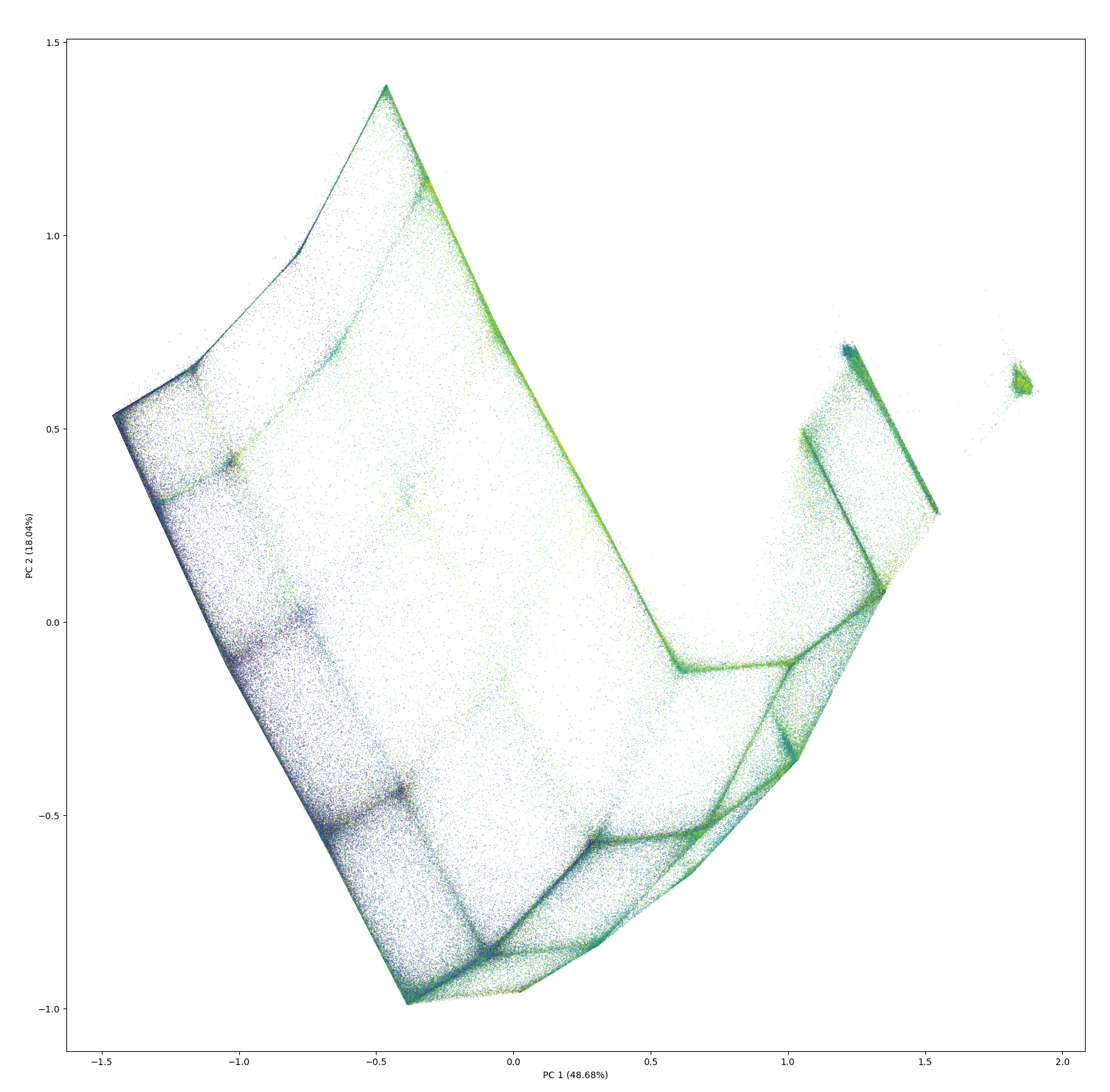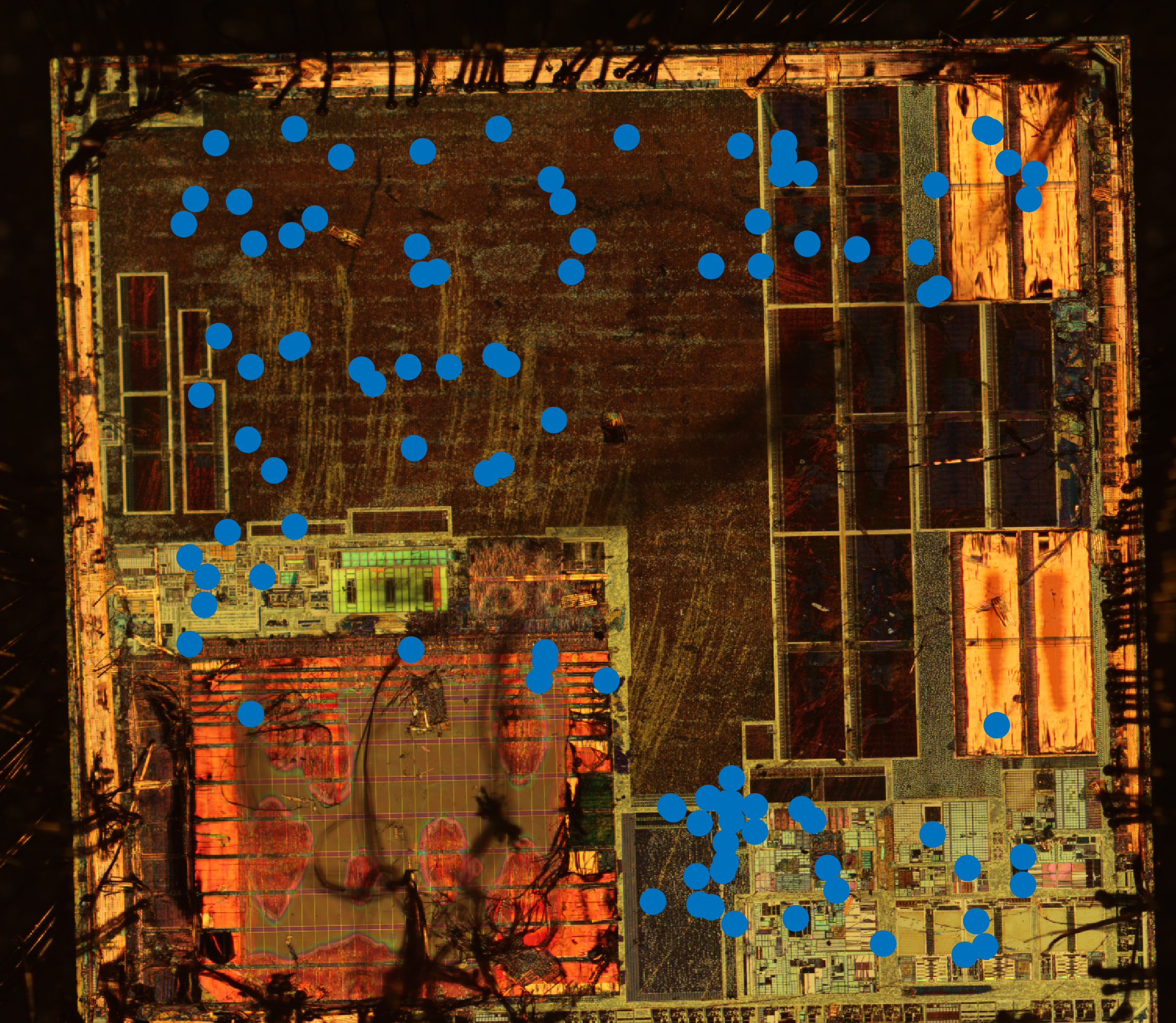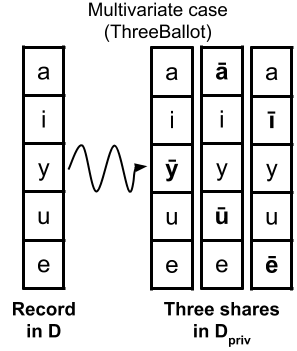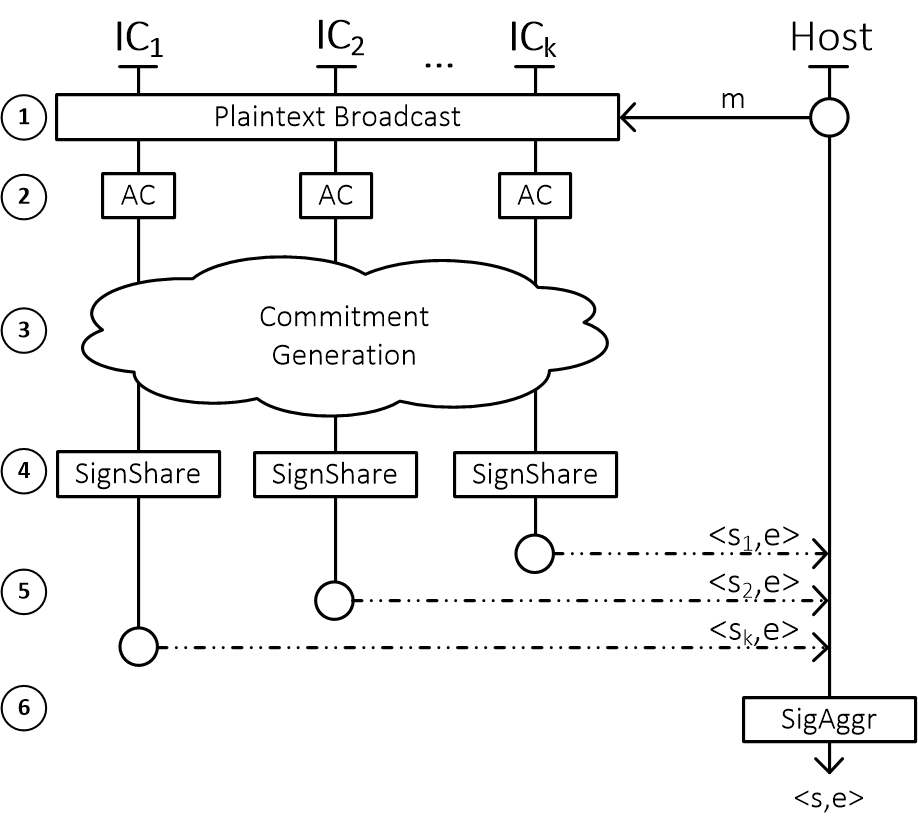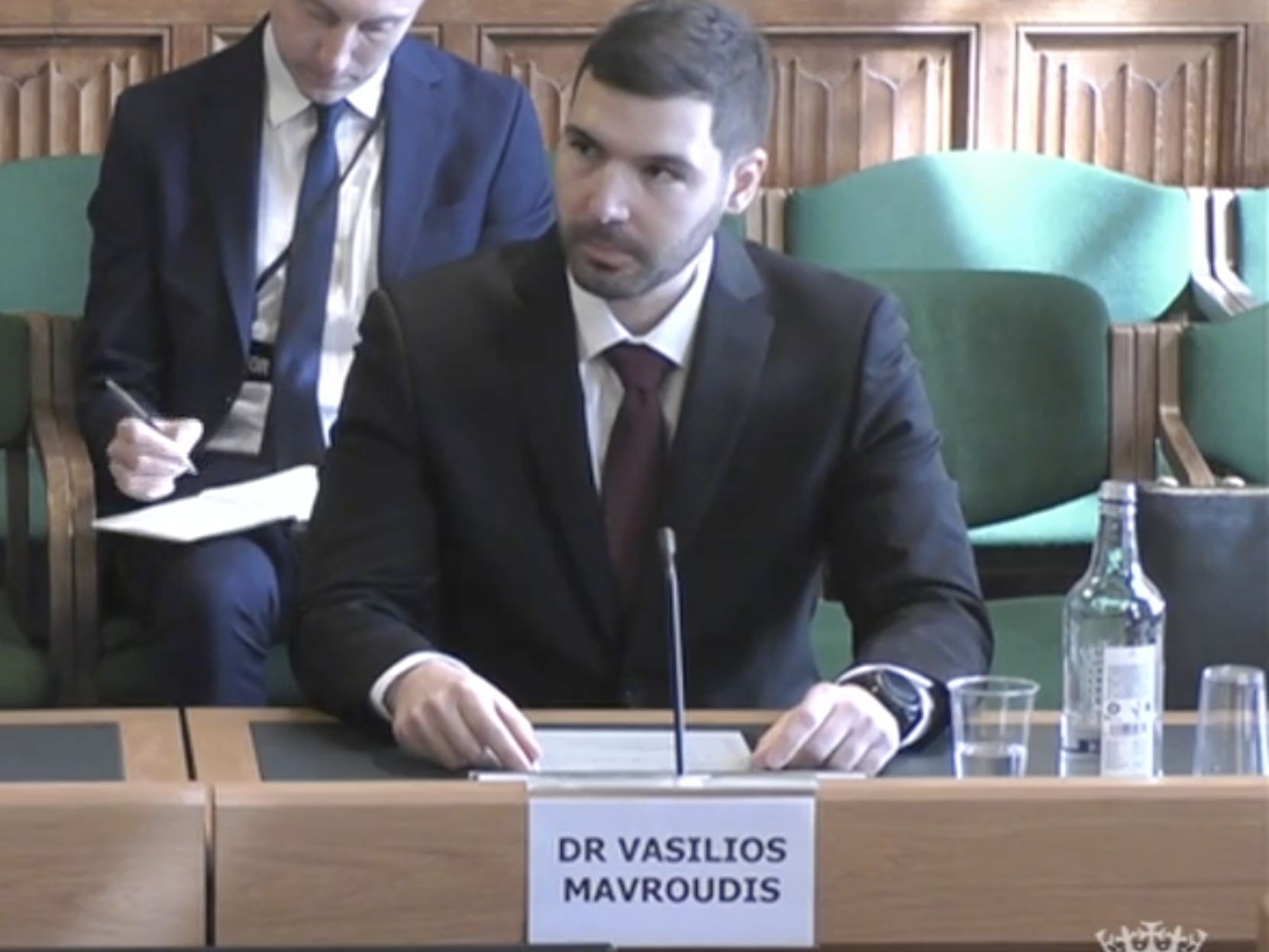
I am a Principal Research Scientist and co-lead of the AI for Cyber Defence (AICD) Research Centre at the Alan Turing Institute. My work sits at the intersection of systems security and machine learning, with a focus on scalable methods for autonomous network defence and rigorous evaluation of AI cyber capabilities.
I lead national-scale efforts in modelling and mitigating AI-driven cyber threats, including the AI Cyber Risk Benchmark and the International AI Safety Report (2024–25), where I contributed the section on offensive capabilities. My research is embedded in both academic and policy spheres, shaping AI security standards at the EU AI Office, informing UK Parliament's resilience strategy for critical infrastructure, and steering the Turing's OpenAI early access safety testing.
My academic record spans top-tier venues. Some examples of my work include NeurIPS, ACM CCS, PETS and NDSS, while my applied work has been featured at Black Hat, Defcon, and CCC. I also serve as Area Editor (AI Security) for the Journal of Cybersecurity, and on the programme committees for several conference such as ICML, NeurIPS, KDD, RAID, AutoCyber etc.
Beyond core research, I have advanced the fields of hardware trojan detection, encrypted traffic analysis, and fair exchange protocols. My work on ultrasound tracking is now considered foundational, and tools I co-developed such as the JCMathLib library that remains the only open-source cryptographic library for smartcards.
If you are a researcher or practitioner working on adversarial AI, critical infrastructure security, or scalable defences for emerging threats, feel free to reach out.


